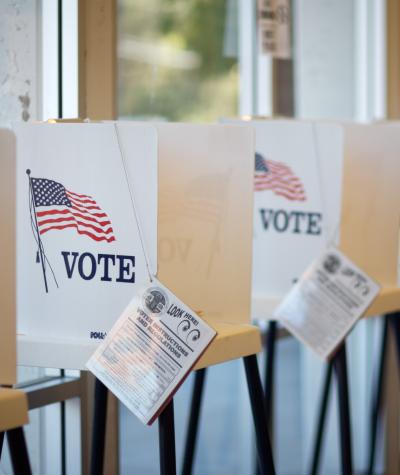State lawmakers in Wisconsin are planning to reintroduce legislation that would enact Automatic Voter Registration (AVR) in the state. This news also coincides with reports that New York legislators are seeking public input on AVR as a part of a series of sweeping voting rights reforms they are considering. AVR is common sense legislation that state officials should embrace.
Evidence from states that have AVR, including Georgia, Alaska, Colorado, Oregon, and Vermont, has shown that this reform not only increases voter participation and access to the ballot, but AVR has also been proven to increase efficiency and lower election administrative costs in other states. This legislation is an effective way to expand the electorate and is long overdue.
Automatic voter registration is an innovative policy that is gaining momentum throughout the United States. Currently, 15 states and Washington D.C. have implemented similar programs, which have had significant results. Oregon, the first state to enact AVR in 2015, saw a boost in turnout of 4.1 percent between 2012 and 2016, and Georgia added more than 681,000 voters to their rolls three years after implementing AVR.
AVR works by sharing information between different government agencies so that when an eligible voter interacts with one agency, that agency sends the voter’s information to be registered unless the voter declines explicitly. Automatic registration also means that voting records are kept up to date every time a voter interacts with another agency. More than 265,000 inaccurate records were removed within the first six months of this program in Oregon.
Ultimately, these proposals would not only dramatically expand access to the ballot and increase voter turnout in these two states, but they will also help create a more accurate, efficient, and affordable registration system in New York and Wisconsin. In other words, state legislators should support AVR because they should want to make it easier for their constituents to access the ballot box.
